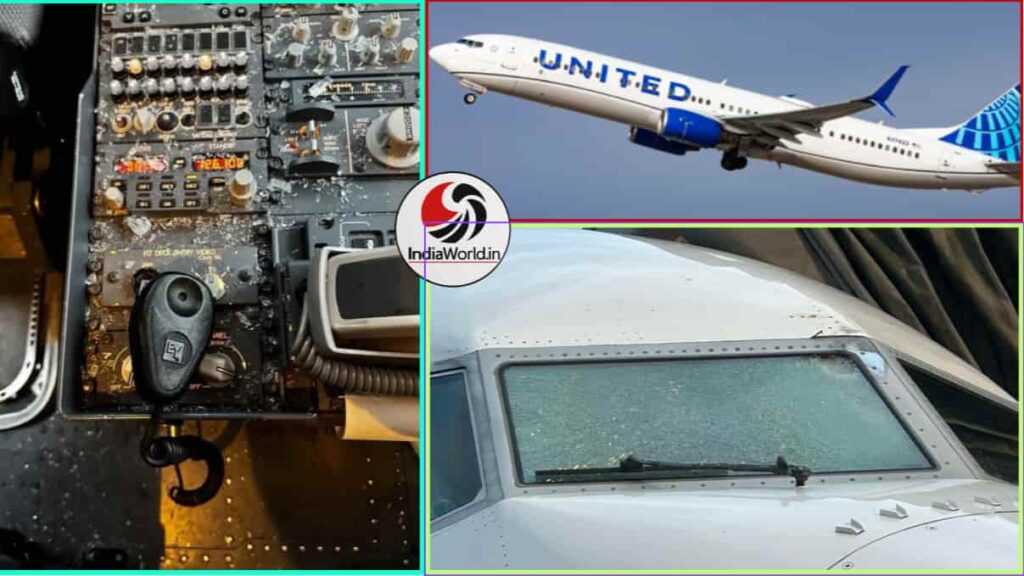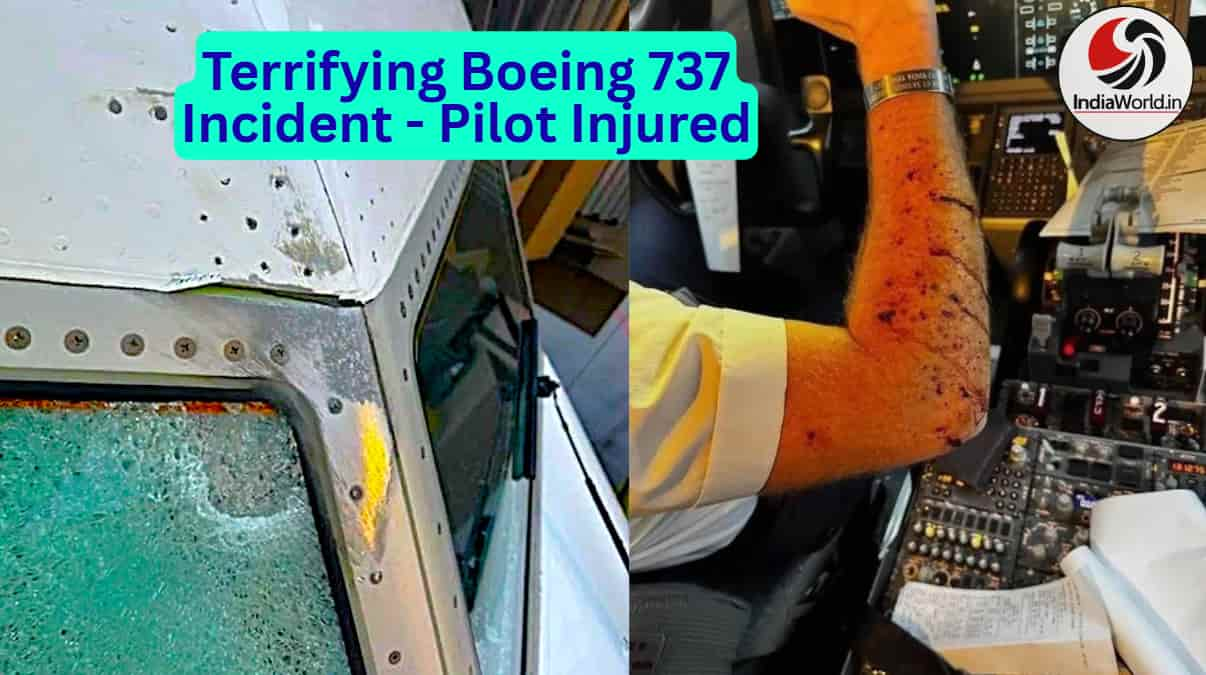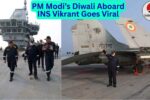Terrifying Boeing 737 Incident: Windshield Explodes at 36,000 Feet
Boeing 737 MAX 8 Emergency: Windshield Cracks Mid-Air
In a shocking mid-air emergency, a United Airlines Boeing 737 MAX 8 flying from Denver to Los Angeles was forced to make an urgent landing after its windshield cracked at cruising altitude. The incident, which occurred on October 16 during flight UA1093, left one pilot injured and raised serious questions about aircraft safety and possible space debris interference.
The aircraft was carrying 140 passengers and crew when the crack was discovered at 36,000 feet. Within minutes, the pilots descended to 26,000 feet and diverted to Salt Lake City International Airport, where they landed safely. Passengers were later transferred to a Boeing 737 MAX 9 and reached Los Angeles after a six-hour delay.
What Caused the Boeing 737 Windshield to Crack?
Windshield cracks in commercial aircraft are rare but not unheard of. However, this particular case stands out due to the nature of the damage and the pilot injury. Online images suggest scorch marks on the windshield and visible bruising on one pilot’s arm—indicating a forceful impact, not a routine structural failure.
The aircraft was approximately 322 kilometers southeast of Salt Lake City when the crew noticed the damage. They immediately initiated emergency protocols, descended rapidly, and landed without further incident.
Aviation experts speculate that the crack may have been caused by space debris or even a small meteorite. This theory gained traction due to the burn marks and the unusual fracture pattern observed on the windshield.

How Strong Are Boeing 737 Windshields?
Aircraft windshields are built to endure extreme conditions. They can withstand bird strikes, sudden pressure changes, and even hail. However, objects traveling at orbital speeds—like space debris—can exceed these limits.
The Boeing 737 MAX 8 uses multi-layered glass and polycarbonate materials designed to resist high-impact forces. Yet, in this case, the damage suggests something far more powerful than typical atmospheric threats.
Pilot Injury and Passenger Safety
United Airlines confirmed that none of the passengers were harmed. The injured pilot reportedly suffered minor bruising and was treated promptly. The airline has not released further details about the cause of the crack but emphasized that safety protocols were followed precisely.
Passengers praised the crew’s calm and professional handling of the situation. Despite the delay, many expressed relief and gratitude for the safe landing.
Related Incident at Chicago O’Hare Airport
Just two days later, on October 18, another United Airlines aircraft clipped the tail of a parked United plane while taxiing to its gate at Chicago’s O’Hare International Airport. Fortunately, no injuries were reported, and all 113 passengers disembarked safely after a short delay.
This back-to-back occurrence has sparked renewed attention on aircraft safety and maintenance protocols, especially for high-traffic routes like Denver–Los Angeles and Chicago–Salt Lake City.
🌐 External Resources
- Federal Aviation Administration (FAA) Safety Updates
- United Airlines Official Statements
- NASA Space Debris Monitoring
Final Thoughts: What This Means for Air Travel Safety
This Boeing 737 MAX 8 incident is a reminder of the unpredictable nature of air travel. While modern aircraft are engineered for resilience, external threats like space debris present new challenges. The aviation industry must continue to innovate and adapt to ensure passenger safety at every altitude.
For travelers flying popular domestic routes like Denver to Los Angeles or Chicago to Salt Lake City, this event underscores the importance of trusting trained professionals and robust aircraft systems. United Airlines’ swift response and safe landing prove that even in high-stress scenarios, preparedness saves lives.









